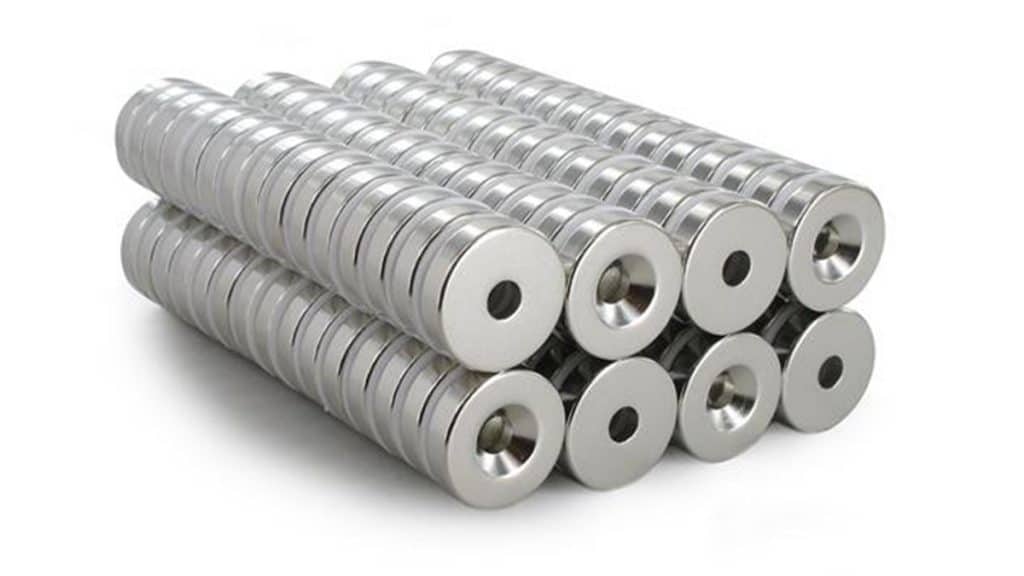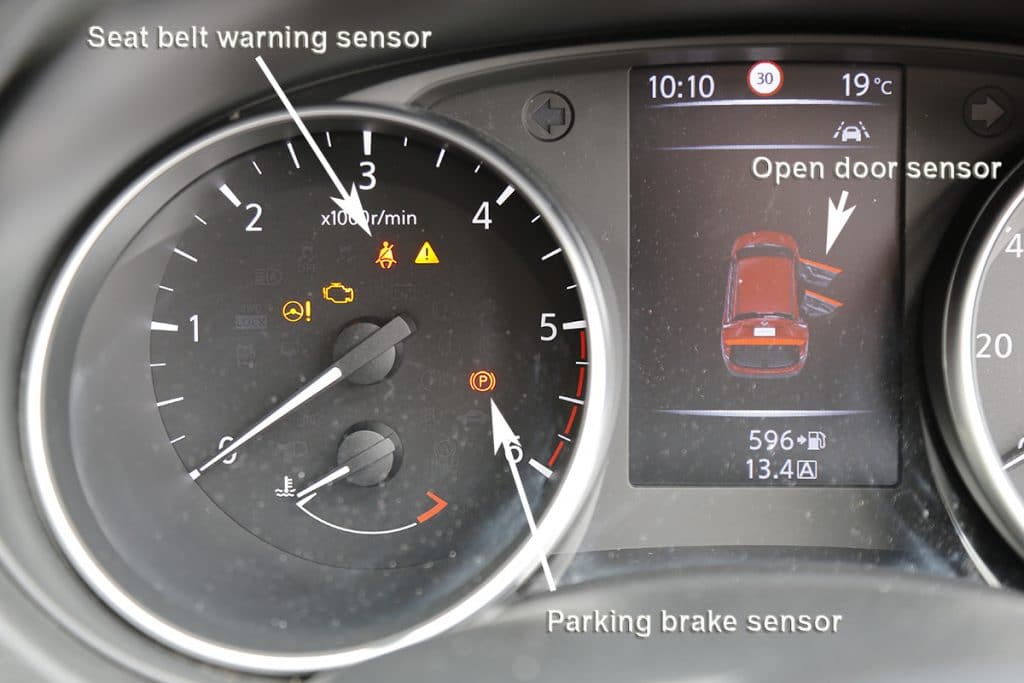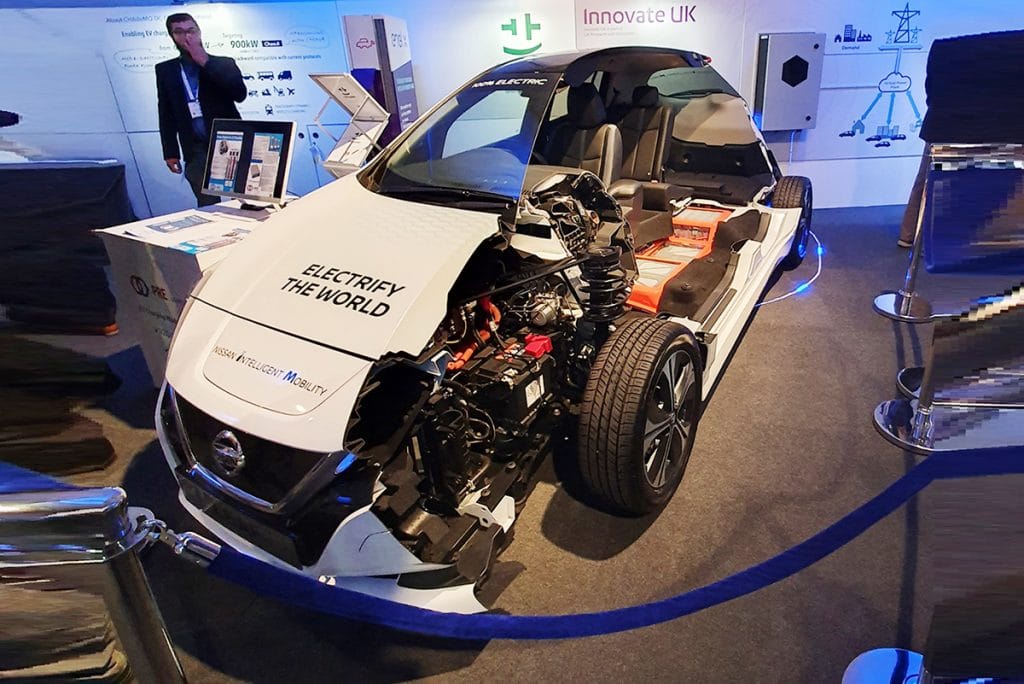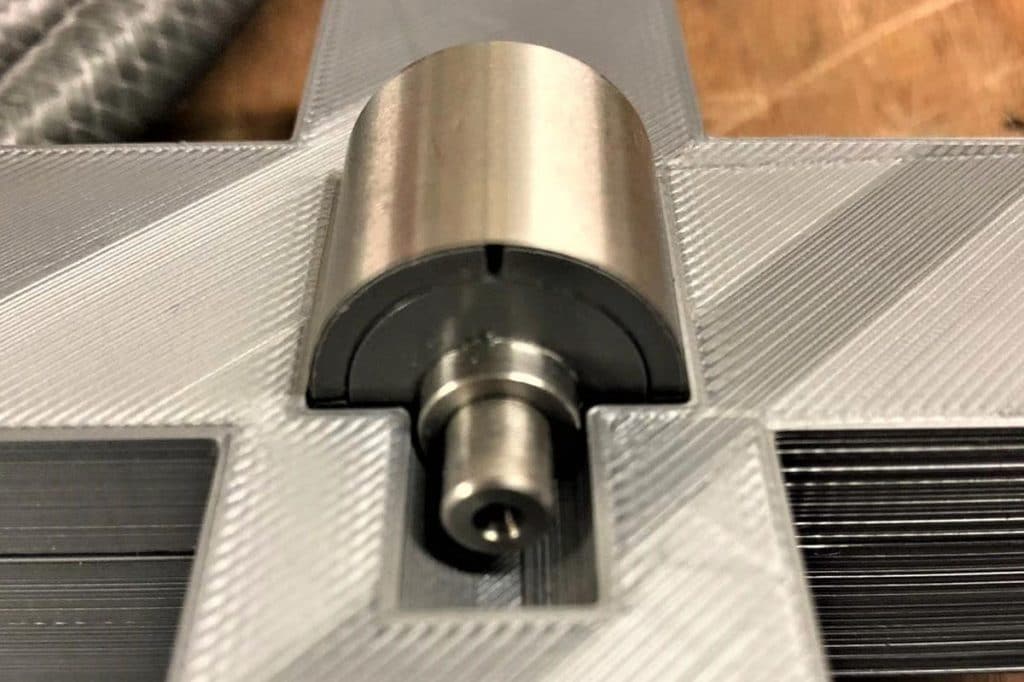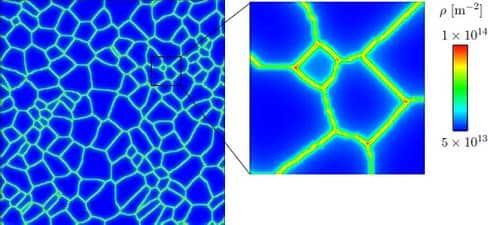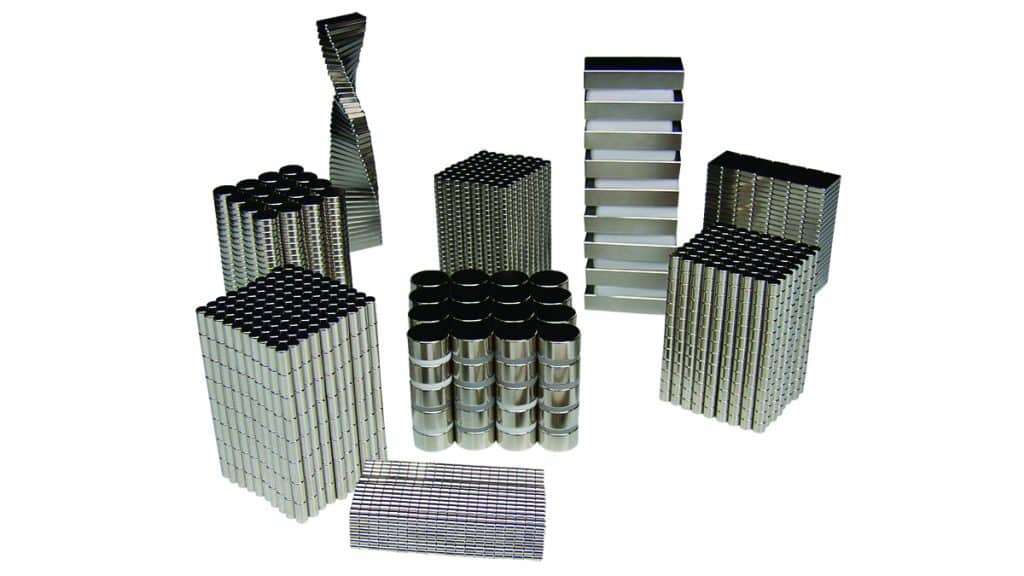Samarium Cobalt Magnet
Neodymium Magnets – Frequently Asked Questions
Neodymium Iron Boron Rare Earth are the strongest permanent magnets presently available. They are a hidden key component of mobile phones, cars, and computers. When speaking to customers, we identified a number of frequently asked questions, which we will attempt to answer in this latest blog. Technical product information: Neodymium Magnets What are Rare Earth…
Read MoreSensor Magnets
Sensors are used everywhere from vehicle engine management systems to Smartphones determining if the flip cover accessory is closed. Modern everyday life would be very different without sensors and the operation of many of these sensors rely on magnetism. As products evolve, so have the range and specification of sensor magnets. A magnetic sensor converts…
Read MoreMetal Recovery from Electric Vehicles
Mining the Urban Environment The anticipated global increase in production and consumption of electronic goods and electric vehicles puts a huge strain on raw material reserves. Subsequently, the focus has turned from mining raw materials to reclaiming, reusing and recycling secondary materials. This is known as ‘Mining the Urban Environment’. The strategic nature of critical…
Read MoreMultipole Magnetic Rotor for Aerospace
Bunting has secured an order for the supply of 300 multi-pole Samarium Cobalt (SmCo) magnetic rotors annually to a prominent aerospace customer. The magnetic rotor order was placed at the end of 2019 with deliveries starting in 2020 and running for 10 years. The Bunting engineering team has worked with this aerospace customer for a…
Read MoreGrain Boundary Diffusion Technology
Neodymium (NdeFeB) Rare Earth Magnets are used throughout industry and, as demand increases from the Energy, Automotive, Aerospace and Down Hole markets, the drive is towards producing magnets that have the highest magnetic energy under the harshest of conditions such as: These are typical applications where the Samarium Cobalt (SmCo) Rare Earth Magnet has been…
Read MoreOffices Would No Longer Function Without Magnets
Stating that an office would not be able to function without the presence of magnets is pretty bold. Immediately you are thinking that there are other ways to pin notices to white boards or neatly store paperclips. Important, maybe, but these are not critical to our daily life in work. So, if magnets were removed…
Read MoreWhy Are Strong Magnets Called Rare Earth?
The first ‘Rare Earth’ Magnet was developed in the 1960s based on work done by Karl Strnat and Alden Rey at Wright-Patterson Air Force Base and the University of Dayton. The development of the Samarium–Cobalt Magnet (made of an alloy of samarium and cobalt SmCo) was a major advancement in magnet technology. For the first…
Read More